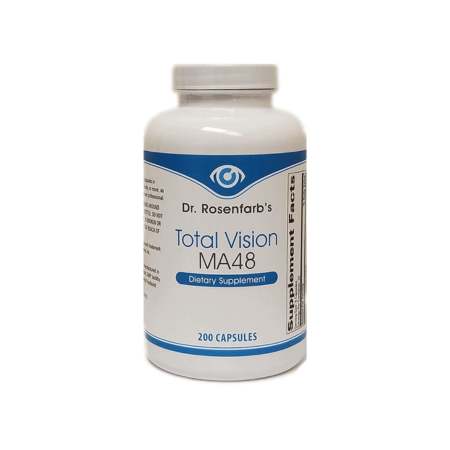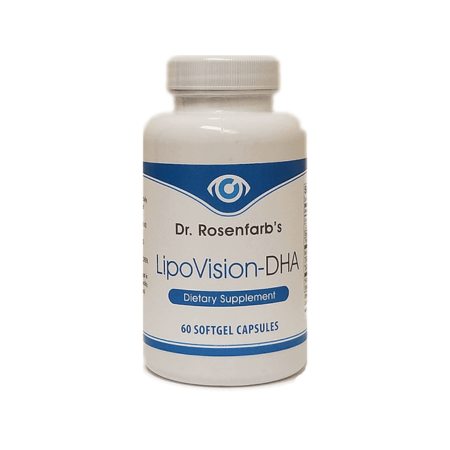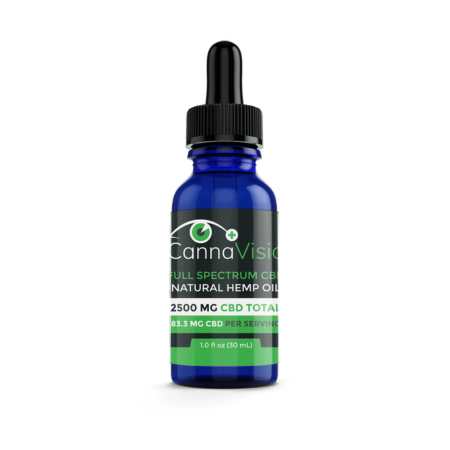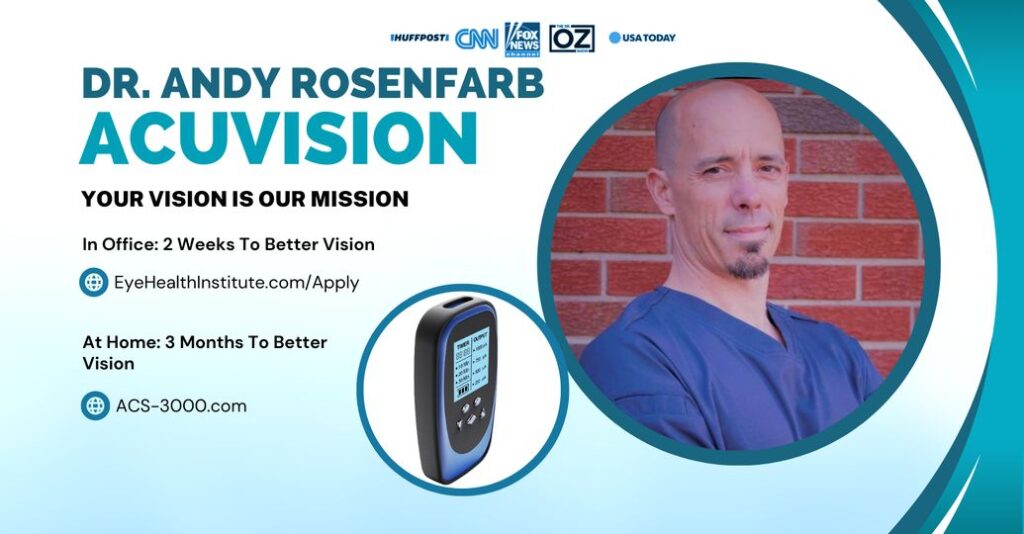Posterior Vitreous Detachment
Overview & Our Approach to Posterior Vitreous Detachment
- Telehealth & In-Office Treatments: Providing personalized, intensive care through telehealth consultations and in-office treatments at our New Jersey office for optimal results.
- At-Home Care with ACS3000: We provide the ACS3000 system for at-home care, which helps support optic nerve health and promotes recovery by enhancing blood flow and reducing inflammation, complementing in-office treatments.
- Targeted Supplements: Our specialized supplements are formulated to address the specific needs of patients with PVD.
Symptoms & Causes of Posterior Vitreous Detachment

Symptoms of Posterior Vitreous Detachment
- Floaters: Small, shadowy shapes that appear to float across your field of vision are the most common symptom of PVD. These floaters are caused by tiny clumps of gel or cells inside the vitreous that cast shadows on the retina.
- Flashes of Light: Sudden flashes or streaks of light, especially in peripheral vision, may occur as the vitreous pulls away from the retina.
- Blurring or Distortion of Vision: Some individuals may experience temporary blurring or distortion of vision, particularly in the early stages of PVD.
- Sudden Increase in Symptoms: A rapid increase in floaters, flashes, or the appearance of a curtain over your vision can indicate a retinal tear or detachment, requiring immediate medical attention.
Causes of Posterior Vitreous Detachment
PVD is primarily associated with the natural aging process, but several factors can contribute to its development.
- Aging: As we age, the vitreous gel naturally begins to liquefy and shrink, leading to a higher risk of PVD. Most cases occur in individuals over the age of 65.
- Myopia (Nearsightedness): Individuals with myopia are at a higher risk of developing PVD at a younger age due to the elongated shape of their eyes, which can cause more strain on the vitreous.
- Eye Surgery or Trauma: Previous eye surgeries, such as cataract removal, or trauma to the eye can increase the likelihood of PVD.
- Inflammatory Conditions: Certain inflammatory conditions affecting the eye can also contribute to the early onset of PVD.

Telehealth and Intensive In-Office Posterior Vitreous Detachment Treatment
Start Your Journey with a Telehealth Consultation and Experience the Fastest Results with Our Comprehensive In-Office Care
If you’re seeking the most effective treatment for Posterior Vitreous Detachment, our intensive in-office appointments offer the fastest results. Many of our patients choose to visit our New Jersey office for this reason. During these intensive appointments, you’ll undergo a series of advanced treatments tailored to your specific needs over several days, ensuring comprehensive and effective care.
To take the first step toward improved eye health and fast, effective treatment:

At-Home Posterior Vitreous Detachment Treatment with the ACS-3000
Discover the At-Home Frequency Specific Alternating Current Micro Stimulation System
Yes, you can achieve vision recovery from the comfort of your home! Introducing the all-new ACS-3000 at-home vision recovery system. This advanced technology utilizes Frequency Specific Alternating Current Micro Stimulation to support eye health and improve vision.
The ACS-3000 system is designed for convenience and effectiveness, allowing you to benefit from cutting-edge treatments without leaving your home. It’s an excellent option for those seeking ongoing care and maintenance for Posterior Vitreous Detachment.
Experience the benefits of the ACS-3000 and see what you’ve been missing. Learn more about how this innovative system can help you!
Shop Posterior Vitreous Detachment Supplements
Our team works to create or find the best supportive eye supplements that will give you the greatest effect.

Total Vision MA48
Comprehensive nutritional formula providing the nutrients specifically related to target and support of general eye health and vision.

LipoVision-DHA



